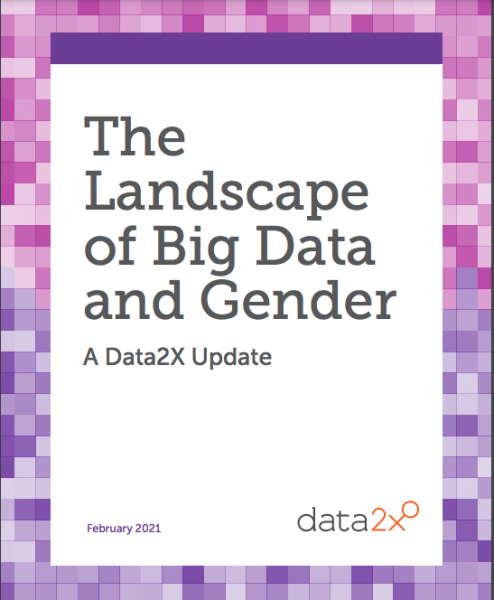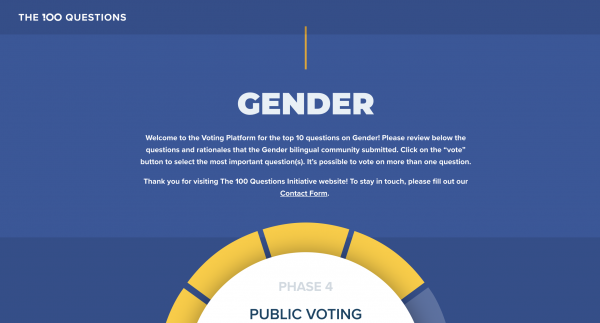Essay by Bapu Vaitla, Stefaan Verhulst, Linus Bengtsson, Marta C. González, Rebecca Furst-Nichols & Emily Courey Pryor in Special Issue on Big Data of Nature Medicine: “Women and girls are legally and socially marginalized in many countries. As a result, policymakers neglect key gendered issues such as informal labor markets, domestic violence, and mental health1. The scientific community can help push such topics onto policy agendas, but science itself is riven by inequality: women are underrepresented in academia, and gendered research is rarely a priority of funding agencies.
However, the critical importance of better gender data for societal well-being is clear. Mental health is a particularly striking example. Estimates from the Global Burden of Disease database suggest that depressive and anxiety disorders are the second leading cause of morbidity among females between 10 and 63 years of age2. But little is known about the risk factors that contribute to mental illness among specific groups of women and girls, the challenges of seeking care for depression and anxiety, or the long-term consequences of undiagnosed and untreated illness. A lack of data similarly impedes policy action on domestic and intimate-partner violence, early marriage, and sexual harassment, among many other topics.
‘Big data’ can help fill that gap. The massive amounts of information passively generated by electronic devices represent a rich portrait of human life, capturing where people go, the decisions they make, and how they respond to changes in their socio-economic environment. For example, mobile-phone data allow better understanding of health-seeking behavior as well as the dynamics of infectious-disease transmission3. Social-media platforms generate the world’s largest database of thoughts and emotions—information that, if leveraged responsibly, can be used to infer gendered patterns of mental health4. Remote sensors, especially satellites, can be used in conjunction with traditional data sources to increase the spatial and temporal granularity of data on women’s economic activity and health status5.
But the risk of gendered algorithmic bias is a serious obstacle to the responsible use of big data. Data are not value free; they reproduce the conscious and unconscious attitudes held by researchers, programmers, and institutions. Consider, for example, the training datasets on which the interpretation of big data depends. Training datasets establish the association between two or more directly observed phenomena of interest—for example, the mental health of a platform user (typically collected through a diagnostic survey) and the semantic content of the user’s social-media posts. These associations are then used to develop algorithms that interpret big data streams. In the example here, the (directly unobserved) mental health of a large population of social-media users would be inferred from their observed posts….(More)”.


